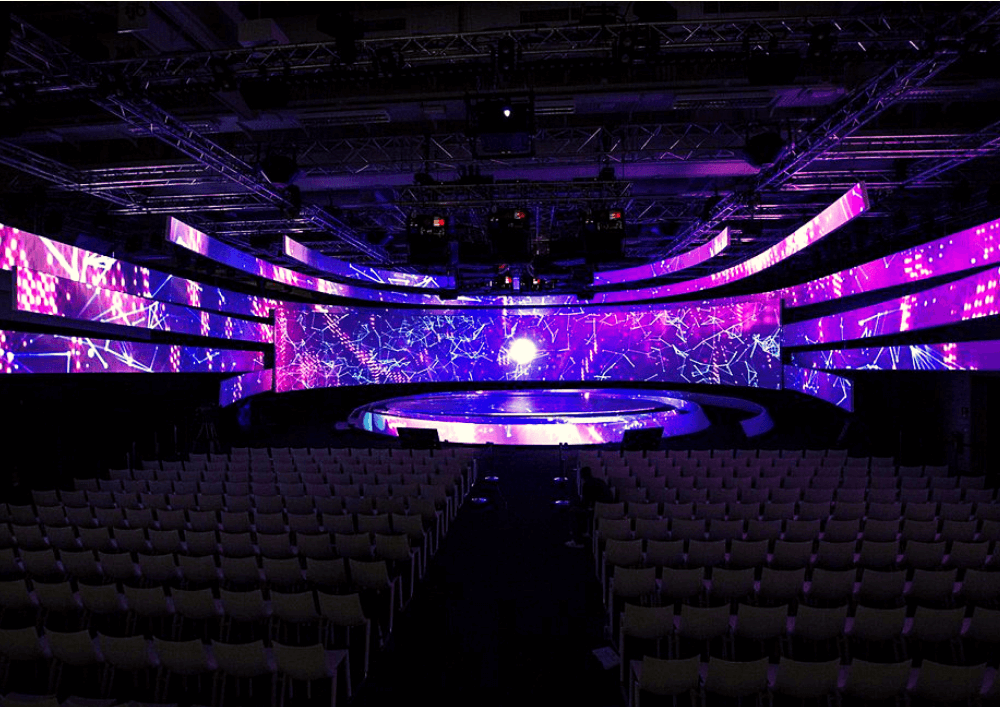Boosting Efficiency and Durability By Implementing Efficient Thermal Control in Digital Display Assemblies
Wiki Article
LED panel panels have become progressively prevalent within multiple fields, such as marketing, entertainment, as well as even domestic aesthetics. Modern units offer vivid, lively displays that can attract attention and elevate visual impressions. Still, one critical aspect of maintaining their effectiveness and lifespan is proper temperature dissipation. As Light Emitting Diode panels run, they generate thermal energy. Whenever this thermal load is not managed effectively, it can result in reduced brightness, chromatic precision, and potentially a reduced operational life for the panels. Consequently, knowing how to effectively manage temperature is vital for maximizing the efficiency of LED panel modules.

Thermal management in luminescent applications refers to the approaches used to handle and reduce the unwanted temperature generated throughout function. One common practice involves compounds with high conductive properties, such as aluminium or copper. These components can rapidly dissipate heat out of the LED elements, ensuring the system temperature within a controlled level. Furthermore, the configuration of LED displays holds a significant function in heat control. Units that include thermal sinks or airflow mechanisms permit warm currents to escape while pulling in cold air, additionally supporting temperature control.
Another critical factor in proper thermal management is proper mounting and positioning of luminescent wall panels. Making sure that there is ample space around the panels facilitates better circulation, which works to regulate them down. It is also important to prevent positioning lighting panels in sealed areas where heat can become contained. As an alternative, they should be installed in locations with adequate air circulation to promote optimal cooling. Experts often advise positioning luminescent units Full Report away from direct solar exposure or other thermal emitters to reduce the risk of excessive heat.
Regular upkeep of Light Emitting Diode modules is also essential for maintaining proper temperature control. Dust and debris can accumulate on the exterior of the units and inside their elements gradually. This accumulation can limit airflow and reduce the system’s capability to cool effectively. Cleaning see this site the exteriors regularly and verifying that any interior mechanisms are free from blockages will assist preserve peak operation conditions. Additionally, inspecting for any evidence of fatigue or damage can aid mitigating excess heat complications before they become critical concerns.
To conclude, efficient heat dissipation is vital for optimizing both the performance and longevity of LED wall panels. By using materials with superior thermal conductivity, maintaining appropriate placement and positioning, and carrying out consistent servicing, owners can substantially improve their light-emitting usage. Applying these practices not only aids in preserving the integrity of the visuals but also supports power efficiency and eco-friendliness in illumination systems. As technology continues to advance, focusing on temperature dissipation will continue to be an important component of employing Light Emitting Diode displays to their full potential.